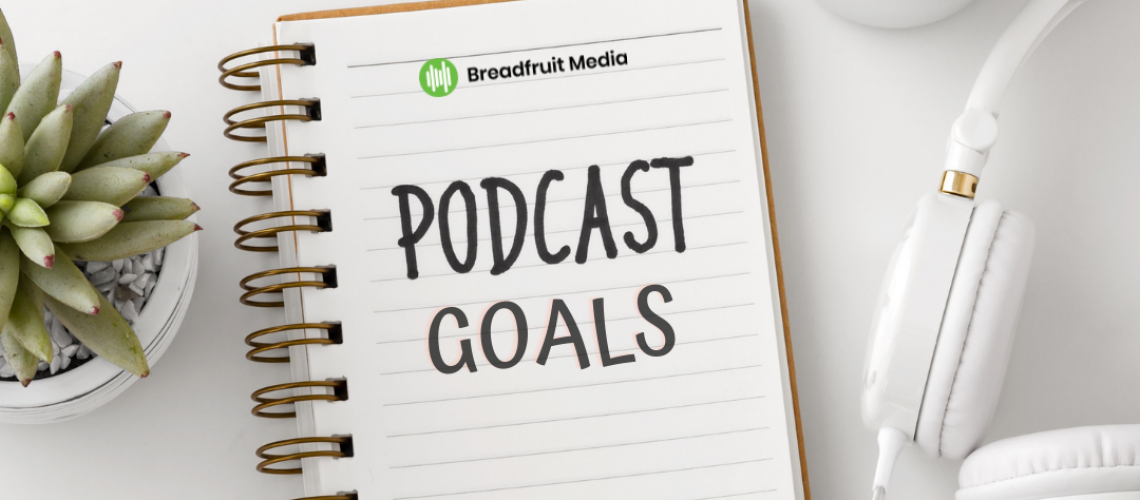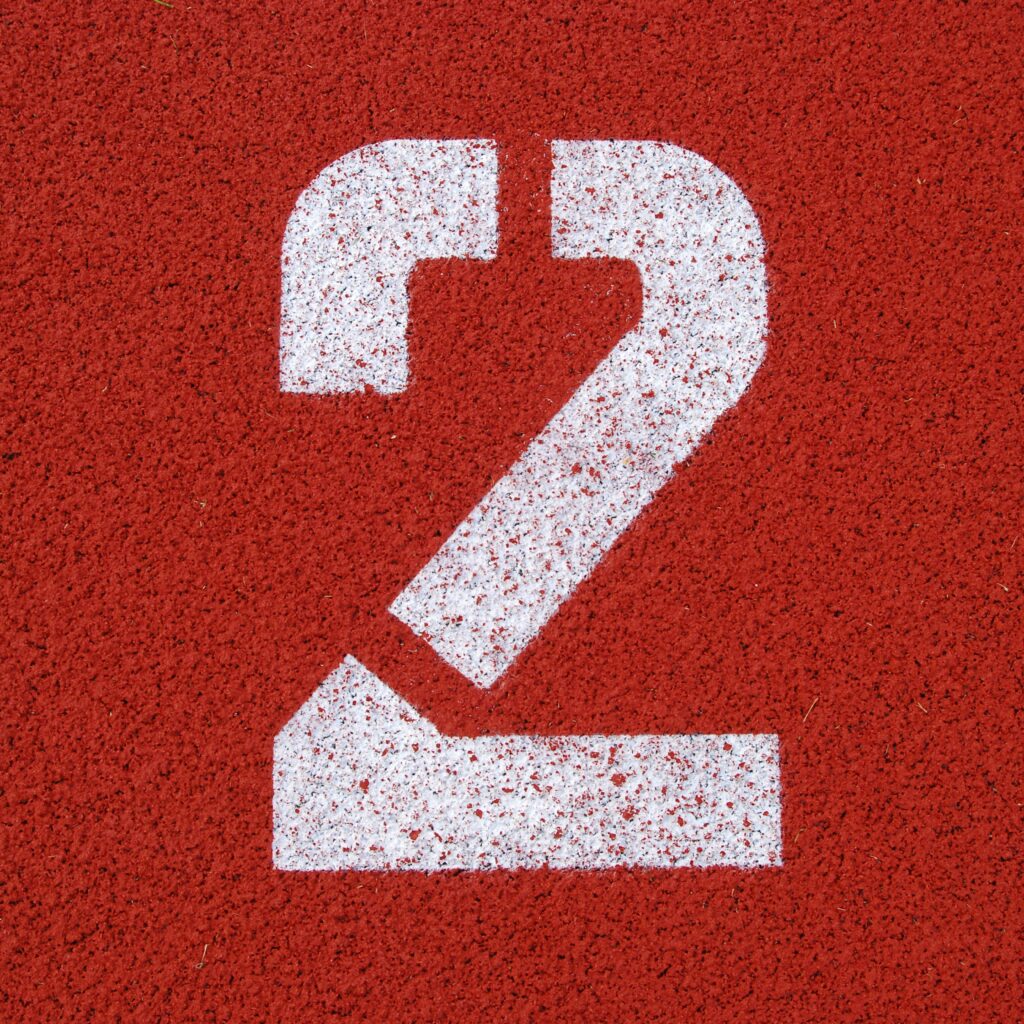New Year, Big Goals
It’s a new year and with it comes hopes for a fresh start, achieving big goals! You’re probably thinking that this is THE year that all your podcasting dreams come true.
In years past, I’ve set very detailed goals for my podcast, Carry On Friends. Those goals were in the 3 main categories of social media, content and monetization. For example, in the social media category alone, I had goals and metrics to be met for all the platforms I was on. By the time I was done writing all my goals at the top of the year, I was pleased with myself at how detailed I was. But most of the time, those detailed goals were not met and so 2019 was the last year I did goals that way. What I now realized was writing down the goals was easy, executing on them was hard, especially when there were so many.
Less is More
As an independent podcaster, it is important to not just set goals for yourself and your podcast, but to also have realistic expectations.
Less is more when it comes to setting realistic podcasting goals. With so many variables involved, podcasting outcomes are very different and difficult because the results are not always predictable. This unpredictability leads to longer runtimes in achieving specific goals and as a result, setting too many goals could mean spreading yourself thin. In other words, you could end up with multiple goals that may lead nowhere fast.
This is exactly what happened to me, I set more goals than I could realistically achieve in a year. By the 2nd quarter, trying to work from my goals list had fizzled. Heeding to my lessons of the past, I started 2020 with fewer goals – I had 5 goals spread across my different brands. However, with a global pandemic I was forced to strip the goals down even further to only 2 – 1 for my podcast and 1 for my business. So really, technically 1 per brand.
This lean approach taught me that setting less goals didn’t mean I would accomplish less. Instead, it meant that I would give myself the capacity to do other tasks that I couldn’t anticipate, as a result of working towards this main goal. The most important thing I learned was that achieving the goal didn’t always mean I could quickly move on to the next goal. I learned that I needed to put systems in place to create an iterative process that involves:
- Maintenance – first maintaining the initial achievement
- Learning – create opportunities that allow you to learn more.
- Improving – apply what you’ve learned to improve on the initial achievement.
Focus on the top 2
Whether your goal is:
- Metrics/numbers driven. Example: x amount of downloads, followers, guests, membership etc. Or
- Not numbers driven for example: better content, interviewing skills, better editing, more interaction/connection with audience or community etc.
I recommend focusing your energy on your top 2 goals that you really want to commit to achieving. Before moving on to the next goal, be sure to document your process, put systems in place so you can create an iterate system that lays the foundation upon which you can build and achieve more goals.







